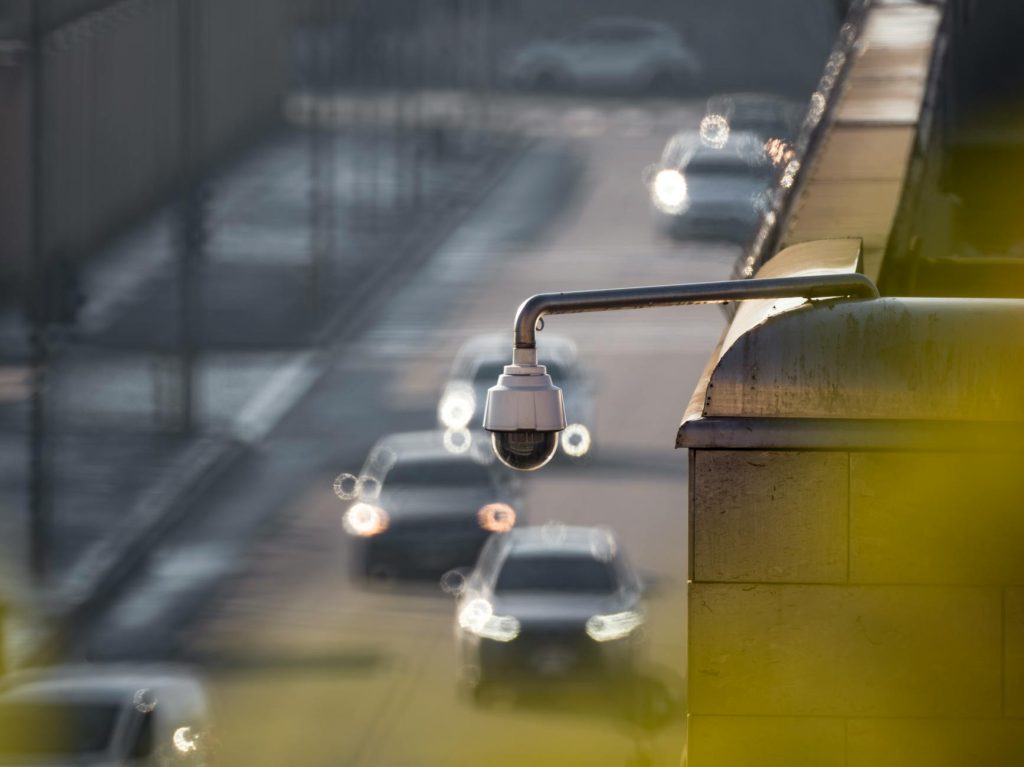Glasgow, the largest city in Scotland, is renowned for its vibrant culture, historical landmarks, and bustling city life. However, along with its many attractions, Glasgow is also known for its busy roads and heavy traffic congestion. To address this ongoing issue, city officials have implemented a comprehensive traffic management strategy aimed at alleviating congestion, improving road safety, and enhancing overall transportation efficiency. This congestion-busting Glasgow traffic management strategy integrates innovative technologies, sustainable infrastructure, and strategic planning to create a smoother and more efficient traffic flow throughout the city.
Understanding the Need for Change:
Glasgow’s traffic congestion has been a longstanding challenge that impacts commuters, businesses, and the environment. The city’s narrow streets, complex road networks, and high volume of vehicles contribute to frequent traffic jams, delays, and increased pollution levels. Recognizing the need for a proactive approach to tackle these issues, Glasgow’s transportation authorities have developed a holistic traffic management strategy that prioritizes sustainability, safety, and accessibility.
Implementing Smart Solutions:
At the core of Glasgow’s congestion-busting traffic management strategy are smart solutions that leverage technology to optimize traffic flow and enhance the overall transportation experience. Traffic signals equipped with smart sensors and real-time data analytics enable dynamic signal timing adjustments based on traffic patterns, peak hours, and special events. This intelligent traffic control system helps reduce congestion, minimize wait times at intersections, and improve pedestrian safety.
Furthermore, Glasgow has invested in advanced traffic monitoring systems, including CCTV cameras and mobile apps, which provide real-time traffic updates, road closures, and alternative route suggestions to motorists. By empowering drivers with access to accurate, up-to-date information, the city aims to promote informed decision-making and efficient travel planning.
Promoting Sustainable Transportation:
In addition to adopting smart technologies, Glasgow’s traffic management strategy emphasizes the importance of promoting sustainable modes of transportation as viable alternatives to private car usage. The city has expanded its network of cycling lanes, pedestrian-friendly zones, and public transportation services to encourage residents and visitors to choose eco-friendly commuting options.
Through initiatives such as bike-sharing programs, park-and-ride facilities, and discounted public transit fares, Glasgow aims to reduce reliance on private vehicles, alleviate traffic congestion, and contribute to environmental conservation efforts. By incentivizing sustainable transportation choices, the city is paving the way for a greener, healthier, and more livable urban environment.
Collaborating for Success:
Collaboration between government agencies, transportation authorities, local businesses, and community stakeholders is crucial for the successful implementation of Glasgow’s congestion-busting traffic management strategy. By fostering partnerships, sharing resources, and engaging in open communication, all parties involved can work together towards common goals of improving traffic efficiency, enhancing mobility options, and creating a more sustainable urban landscape.
Looking Ahead:
As Glasgow continues to evolve and grow, the city’s commitment to innovative traffic management solutions remains unwavering. By embracing technology, sustainability, and collaboration, Glasgow is paving the way for a future where traffic congestion is minimized, transportation is streamlined, and the overall quality of life for residents and visitors is greatly enhanced. Through a proactive and strategic approach to traffic management, Glasgow is on track to becoming a model city for sustainable urban mobility and congestion reduction.



